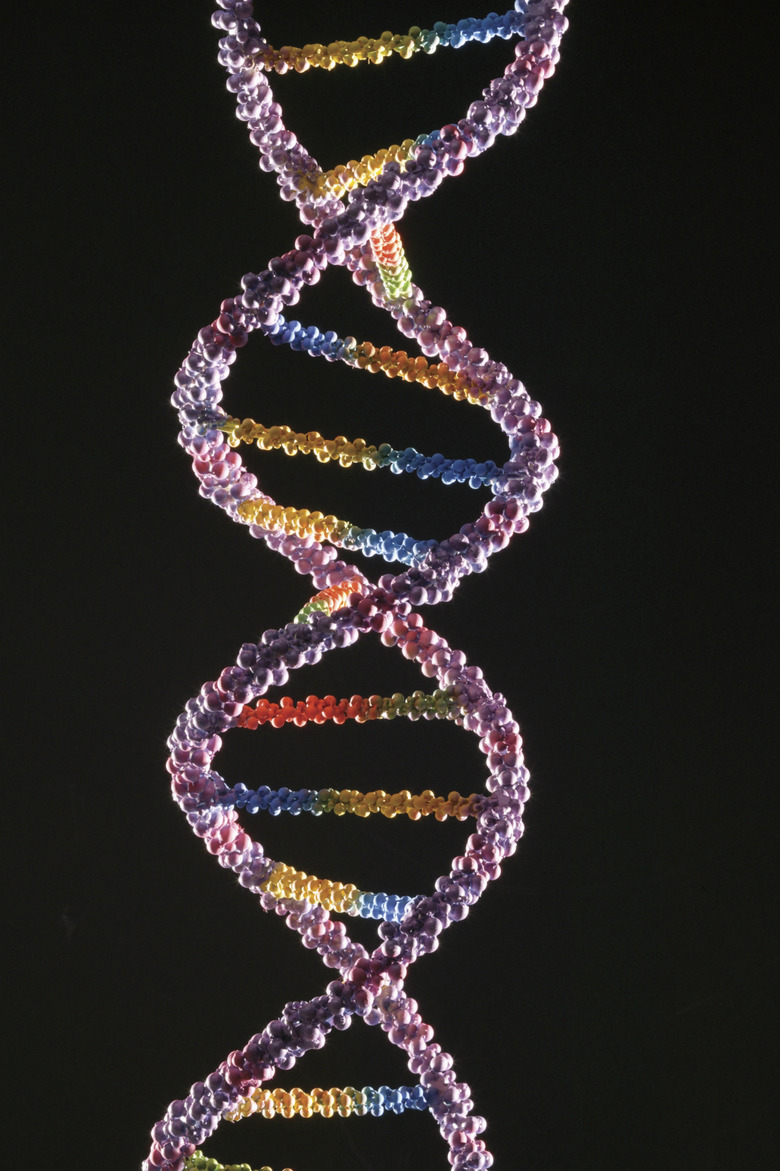Names Of DNA Strands
The structure of deoxyribonucleic acid – DNA – was shown to be a double-helix years ago, but the convention of naming each strand has become a topic of confusion for scientists and students alike. Among DNA pairs, one is called Watson and the other Crick, after the two co-discoverers of DNA. But the scientific literature disagrees on which strand should be given which name. The Watson-Crick naming system was meant to indicate the distinct functional properties of each strand in the DNA structure, which is the same goal of the other naming systems. It is crucial to understand the different contexts in which the individual strands need to take on different names. Two perfect examples are their differing roles in DNA replication or transcription. Knowing what each strand does in a biological process will help clarify why it was given that name.
Anti-Sense Is Not Nonsense
Anti-Sense Is Not Nonsense
Transcription is the process of copying DNA into RNA. It is done by an enzyme called RNA Polymerase (RNA Pol). RNA Pol only reads one of the two DNA strands as it makes the RNA molecule. The double-stranded DNA molecule is split apart and RNA Pol binds to one strand, which it will read and copy. This strand is called the template strand, or the anti-sense strand. The RNA molecule that is produced will be complementary to the template strand, meaning the nucleotides of the template strand and RNA molecule match with each other according to the rules: adenine to uracil, and guanine to cytosine.
This One Makes Sense
This One Makes Sense
When RNA is being transcribed from DNA, RNA Polymerase binds to and copies the template strand. The remaining strand is called the coding strand (See Reference 5), or the sense strand. Given the base pairing rules of nucleic acids (A pairs with T, and G pairs with C), the coding, or sense, strand of DNA has an identical sequence to that of the RNA that is produced. The exception here is that RNA contains the nucleotide U (uracil) instead of T (thymine), both of which pair with A (adenine).
Smooth Ride
Smooth Ride
Before mitosis, or cell division, the cell must replicate its DNA so that each daughter cell will have an identical number of DNA strands. DNA Polymerase is the enzyme that copies long stretches of DNA into more DNA. At the replication fork, the DNA molecule unzips to form a bubble into which Polymerase slides. Polymerase binds to both strands of the unwound DNA and begins making copies of both strands. One of the copies is made as a single continuous strand, which is referred to as the leading strand. DNA replication is another case where the strands of DNA have different names.
Stop And Go Traffic
Stop And Go Traffic
The anti-parallel structure of the DNA ladder means that one strand runs from head-to-tail while the other strand runs from tail-to-head. During DNA replication, DNA polymerase must read and copy both strands at the same time, though they run in opposite directions. Because DNA Polymerase can only read and copy DNA strands in one direction — tail-to-head — the strand that Polymerase encounters as oriented in the head-to-tail cannot be read and copied as one continuous strand. This head-to-tail strand is copied as short fragments, called Okazaki fragments, which are later fused to form one long strand. In DNA replication, the strand that is formed in fragments is called the lagging strand.
References
- Biology Direct: The multiple personalities of Watson and Crick strands
- Molecular Biology of the Cell: Transcription Produces RNA Complementary to One Strand of DNA
- Medicinenet: Definition of Antisense DNA
- Modern Genetic Analysis: DNA Is a Double Helix
- San Diego State University: Microbial Genetics: Template vs. Coding Strands
- Molecular Cell Biology: At a Growing Fork One Strand Is Synthesized Discontinuously from Multiple Primers
Cite This Article
MLA
Ph.D., David H. Nguyen,. "Names Of DNA Strands" sciencing.com, https://www.sciencing.com/names-dna-strands-35239/. 16 July 2018.
APA
Ph.D., David H. Nguyen,. (2018, July 16). Names Of DNA Strands. sciencing.com. Retrieved from https://www.sciencing.com/names-dna-strands-35239/
Chicago
Ph.D., David H. Nguyen,. Names Of DNA Strands last modified March 24, 2022. https://www.sciencing.com/names-dna-strands-35239/
